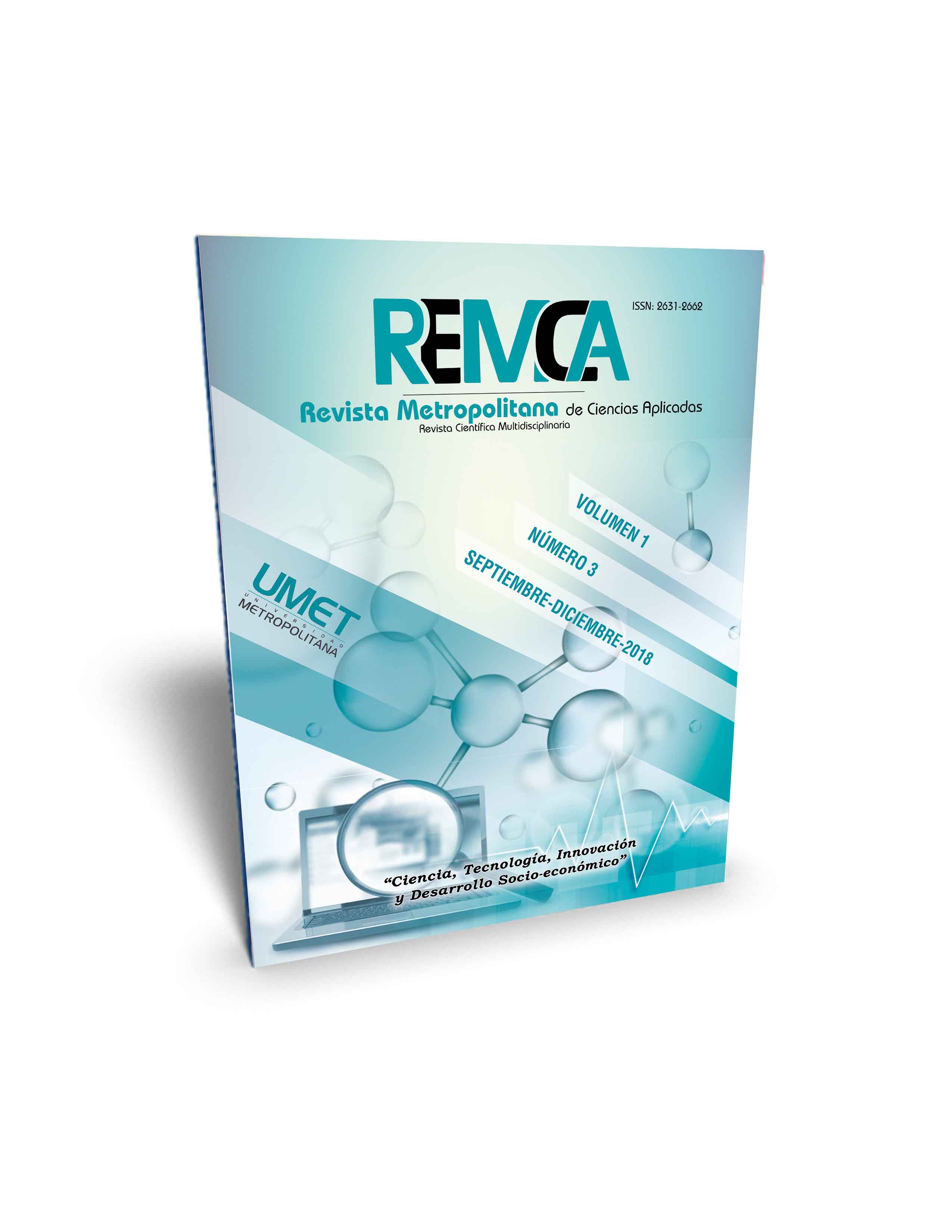Inventory management system in the Pasta Factory of Cienfuegos
DOI:
https://doi.org/10.62452/hwfve802Keywords:
Inventory management system, Min Max inventory model, demand analysisAbstract
The present investigation is carried out in the Cienfuegos factory of Pasta and its objective is the design of an Inventory Management System that responds appropriately to the needs and requirements of the clients. The calculated service levels showed that customers are not served on time, that there is an average delay of three days in delivery, and the average response time of 10 days. It is possible to design and test a Min Max inventory system, which responds adequately to the characteristics of the demand. It is linked both to the finished product and to the raw material and it is possible to reduce the delivery cycle to only the transportation time while achieving a reduction in inventory costs.
Downloads
References
Alonso Bobes, A. R., Valdés, F., & Pilar, M. (2014). Servicio logístico al cliente en empresas de servicios: procedimiento para su diseño. Economía y Desarrollo, 152(2), 184–192. Recuperado de http://scielo.sld.cu/scielo.php?pid=S0252-85842014000200012&script=sci_abstract
Brocklebank, J. C., Dickey, D. A., & Choi, B. (2018). SAS for forecasting time series. Cary: SAS institute.
Cespón Castro, R., & Auxiliadora-Amador, M. (2003). Administración de la Cadena de Suministro. Manual para estudiantes de la especialidad de Ingeniería Industrial. Tegucigalpa: Universidad Tecnológica Centroamericana.
Christopher, M. (2016). Logistics & supply chain management. London: Pearson.
Douissa, M. R., & Jabeur, K. (2016). A New Multi-Criteria ABC Inventory Classification Model Based on a Simplified Electre III Method and the Continuous Variable Neighborhood Search. 6th International Conference on Information Systems, Logistics and Supply Chain.
Gallego, G. (1992). A minmax distribution free procedure for the (Q, R) inventory model. Operations Research Letters, 11(1), 55–60. Recuperado de https://dl.acm.org/citation.cfm?id=2308011
Gutiérrez, V., & Vidal, C. J. (2008). Modelos de gestión de inventarios en cadenas de abastecimiento: Revisión de la literatura. Revista Facultad de Ingenieria. Universidad de Antioquia, 43, 134- 149. Recuperado de http://aprendeenlinea.udea.edu.co/revistas/index.php/ingenieria/article/view/18765
Khmelnitsky, E., & Singer, G. (2015). An optimal inventory management problem with reputation-dependent demand. Annals of Operations Research, 231(1), 305–316. Recuperado de https://ideas.repec.org/a/spr/annopr/v231y2015i1p305-31610.1007-s10479-014-1600-z.html
Rodríguez, E. C. (2015). Modelo de inventarios para control económico de pedidos en empresa comercializadora de alimentos. Revista de Ingenierías: Universidad de Medellín, 14(27), 163–178. Recuperado de https://dialnet.unirioja.es/servlet/articulo?codigo=5506351
Rossi, T., Pozzi, R., & Testa, M. (2017). EOQ-based inventory management in single-machine multi-item systems. Omega, 71, 106–113. Recuperado de https://ideas.repec.org/a/eee/jomega/v71y2017icp106-113.html
Salinas, J. J. C., Stoll Quevedo, C. A., & Vargas Florez, J. (2014). Propuesta de mejora en la gestión de inventarios e implementación de un sistema CPFR en una industria de planificación industrial. Lima: Pontificia Universidad Católica del Perú.
Downloads
Published
Issue
Section
License
Copyright (c) 2018 Michael Feitó Cespón (Autor/a)

This work is licensed under a Creative Commons Attribution-NonCommercial-ShareAlike 4.0 International License.
Authors who publish in Revista Metropolitana de Ciencias Aplicadas (REMCA), agree to the following terms:
1. Copyright
Authors retain unrestricted copyright to their work. Authors grant the journal the right of first publication. To this end, they assign the journal non-exclusive exploitation rights (reproduction, distribution, public communication, and transformation). Authors may enter into additional agreements for the non-exclusive distribution of the version of the work published in the journal, provided that acknowledgment of its initial publication in this journal is given.
© The authors.
2. License
The articles are published in the journal under the Creative Commons Attribution-NonCommercial-ShareAlike 4.0 International License (CC BY-NC-SA 4.0). The terms can be found at: https://creativecommons.org/licenses/by-nc-sa/4.0/deed.en
This license allows:
- Sharing: Copying and redistributing the material in any medium or format.
- Adapting: Remixing, transforming, and building upon the material.
Under the following terms:
- Attribution: You must give appropriate credit, provide a link to the license, and indicate if any changes were made. You may do this in any reasonable manner, but not in any way that suggests the licensor endorses or sponsors your use.
- NonCommercial: You may not use the material for commercial purposes.
- ShareAlike: If you remix, transform, or build upon the material, you must distribute your creation under the same license as the original work.
There are no additional restrictions. You may not apply legal terms or technological measures that legally restrict others from doing anything the license permits.




